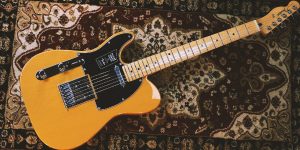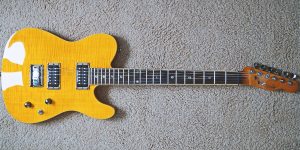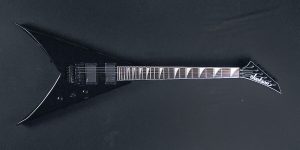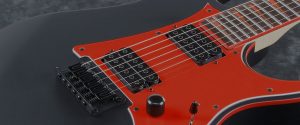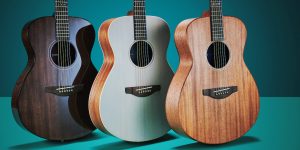Have you ever picked up a guitar and felt like your hands were just too small to comfortably navigate the fretboard? Well, fret not! The guitar neck width significantly determines how comfortable an instrument is to play, especially for people with smaller hands. By understanding and appreciating the nuances of this question, you can make an informed decision when choosing your next instrument.
In this comprehensive guide, I’ll explore the importance of guitar neck width and its impact on playability. I’ll discuss the various guitar neck measurements you’ll come across, ranging from narrow to wide, and highlight the advantages and considerations for each.
The basics of guitar neck width
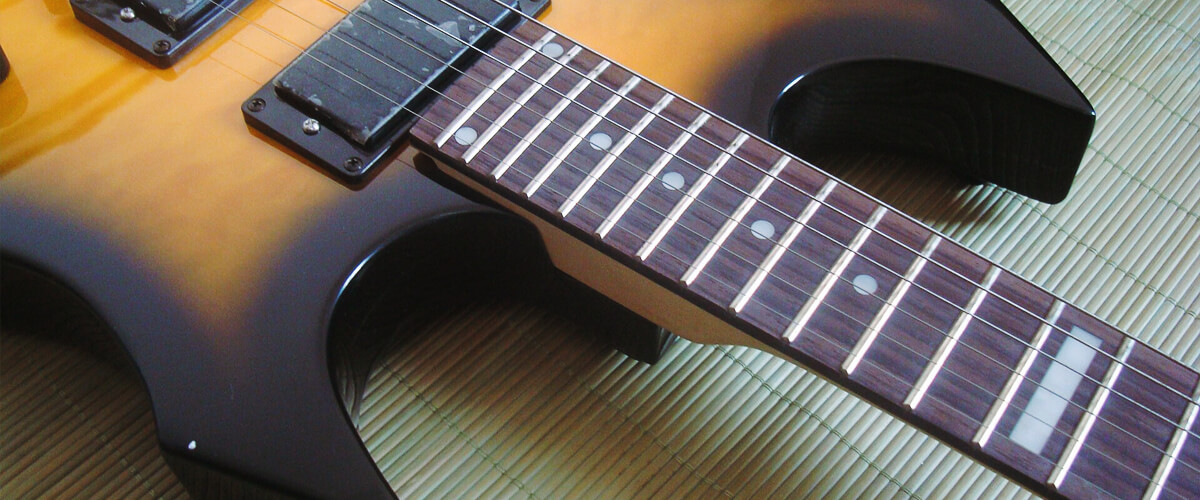
The width of a guitar neck refers to the horizontal distance from one side of the fretboard to the other. It plays a significant role in determining the spacing between the strings. A narrow neck typically offers closer string spacing, while a wider neck provides more room between the strings. The width greatly affects how comfortable it feels to fret chords and play complex melodies.
Measurement
Measurement of guitar neck thickness is commonly done at the nut, the small piece at the top of the fretboard. It is considered standard practice and helps understand the neck’s overall width. However, the most commonly accepted practice is to measure the width of the fretboard at the nut, as it provides a consistent reference point.
Classification
Guitar necks are often classified into three profiles: narrow, medium, and wide. Narrow necks have a slimmer width, resulting in closer string spacing. Mediums balance narrow and wide, providing a comfortable compromise for most players. Wide necks offer more space between the strings, accommodating players with larger hands or those who enjoy complex chord voicings.
Most popular sizes
The most popular acoustic guitar nut width measurements typically range from around 1.69 to 1.75 inches (43 to 44.5mm). Electric guitars often feature nut widths between 1.65 to 1.69 inches (42 to 43mm), although narrower options can also be found for players seeking a more compact feel.
Playing style and neck width
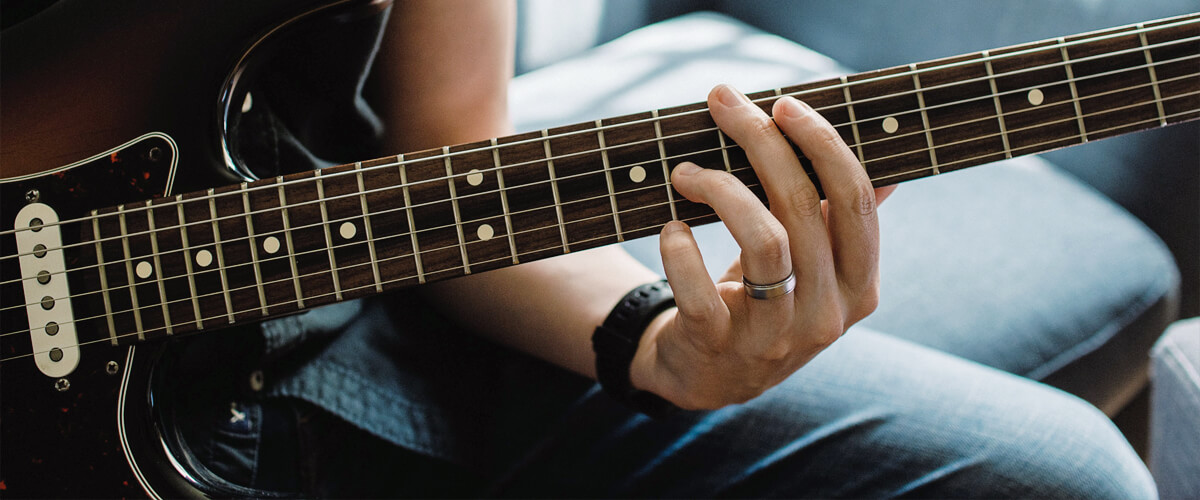
There are generally two categories of guitar neck width: narrow and wider. Each option caters to different playing styles and techniques, so finding the right fit for your needs is essential. Let’s take a closer look:
Narrow neck
- Enables faster playing techniques: If you’re into intricate fingerpicking, fast solos, or shredding a narrow neck is your best companion. With less space between the strings, your fingers can effortlessly navigate the fretboard, allowing for lightning-fast movements.
- Ideal for small hands: Narrow necks are often favored by players with smaller hands. The reduced span between strings makes it easier to reach chords and perform complex fretting patterns.
Wider neck
- Suitable for fingering and open chords: If you enjoy strumming open chords or prefer playing melodies using individual fingers, a wider neck provides more space between the strings. This additional room allows for greater precision and accuracy when executing chord shapes or intricate fingerings.
- Enhanced resonance and sustain: The wider design typically provides more wood mass, increasing resonance and sustain.
Neck width and musical genres
When it comes to fretboard width, narrower ones are often associated with genres like jazz and blues. They require intricate chord voicings, quick and precise runs, and delicate control. In addition, a narrower neck provides closer string spacing, improving finger control and accuracy.
On the other hand, wider necks find their home in genres such as classical or fingerstyle. Such necks offer greater string separation, giving room for multiple fingers to maneuver comfortably without unintentional string muting. It’s a dream for fingerstyle enthusiasts who want to explore the depths of harmonies and intricate patterns.
So, the next time you’re in the market for a guitar or trying out different instruments, pay attention to the fretboard dimensions and consider how it aligns with the genre you’re most passionate about. Good luck and happy strumming!



